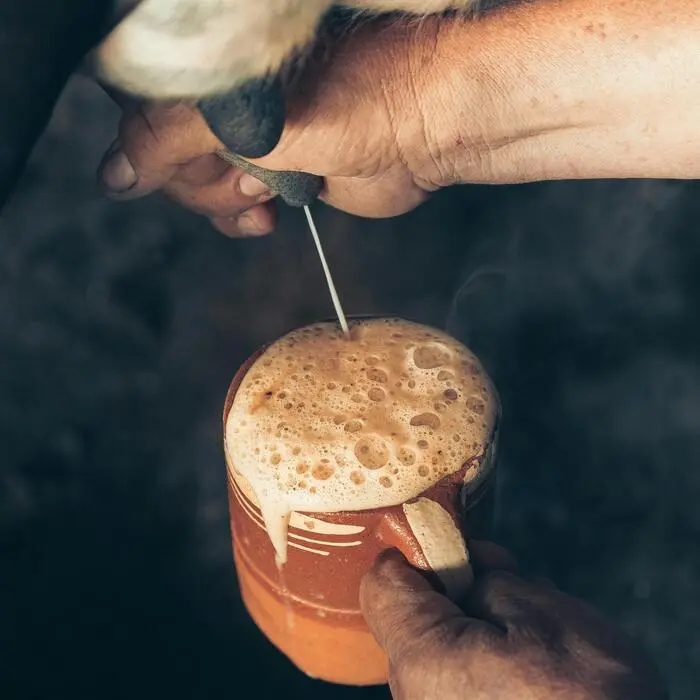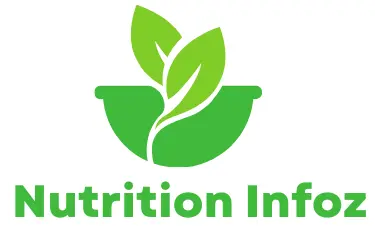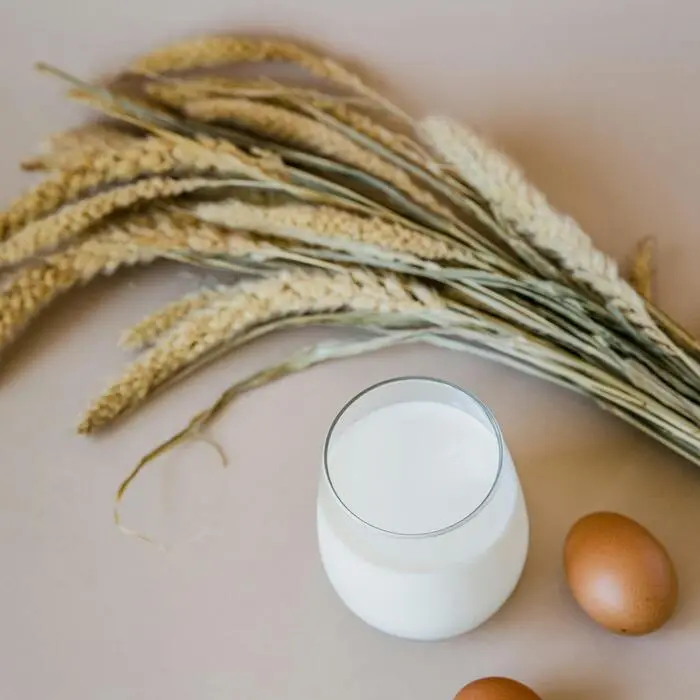Today, more pragmatic risk followers like persons familiar with feeding raw milk (unprocessed dairy products) and the regulatory regimes surrounding it are fighting health risk-averse advocates for regulating raw milk. I’ll also discuss raw milk history, milk and milk nutrition, milk and milk safety, and the benefits of fresh milk, emphasizing the role of dairy cows. If you are thinking about food safety or nutritional benefits, read on. Here, you will learn about raw milk’s pros and cons.
Raw Milk: This is Part One in What It Is and Why It’s Controversial.
Regarding nutrient content, raw milk benefits are similar to pasteurized or homogenized milk; raw milk is nothing alike. No, the milk across the stores is not subtle, masquerading as whole milk. We call it pasteurization, heating the milk to a specific temperature, named after Louis Pasteur who discovered how to kill all the bad in the milk. So we get more food, and it’s safer, especially considering the benefits of raw milk from cows.
People cry on, wash about, and talk about raw milk, but consume a little of it, sparking one of the hottest controversies as to whether raw or pasteurized milk is acceptable or a concern. Those supporting raw milk say it is pure — raw milk detractors ask, raw milk detractors say raw milk is dangerous — mainstream milk carries E.coli, Salmonella, and Listeria outbreaks. They put milk in their coffee, anyway.
How to Find Good Raw Dairy Products Near You
Pasteurization of Milk: Let’s Talk About.
To do this, the milk is heated to 145° F for 30 minutes or 161° F for 15 seconds, a process known as pasteurizing milk, commonly used for commercial milk sold. Milk is not a particularly bad product (as far as nutrition goes), and it gets a bad rap not just for the enzymes it doesn’t provide but also for the inverse association of farm milk with specific health issues. Should people with weakened immune systems be better off drinking pasteurized milk instead of raw milk, which may contain harmful bacteria?
Raw milk advocates say that a cup of milk without vitamins or probiotics is good, and the safety benefits of raw milk are suitable. So that was pasteurization vs. raw debate, sometimes pasteurization.
Why Should You Drink Raw Milk?
However, raw milk has benefits: higher in essential vitamins (A, D, K2, fatty acids), probiotics, and enzymes to help with digestion, making it a valuable choice in the milk and cheese category, mainly when sourced from healthy dairy cows. Thought to support immunity and bone health, raw milk is rich in essential nutrients, especially considering the benefits of raw whole milk. The probiotics in raw milk can aid in the digestion of lactose, so drinking raw milk shouldn’t hurt your gut, especially for those who regularly consume milk and dairy products.
Raw milk also contains what the cow pees out: just the milk proteins and not broken down to a form other people can digest, unlike UHT milk. Experts do not universally embrace the nutritional advantages of raw milk, and they require more research to objectively verify any health benefits, including those found in fermented milk samples.

Why are People Who Prefer Raw Milk So Often Infuriated?
Raw milk fans believe raw milk is the more healthy, natural choice when consuming dairy, especially raw milk produced from cows. However, they say pasteurization strips some of the helpful nutrients, enzymes, and probiotics from raw milk, making it less nutritious. Raw milk may contain more of these beneficial elements than skim milk. It should also reduce allergies, improve digestion, and provide a richer taste, say proponents connected to raw milk and raw milk products.
Raw milk devotees are more likely to encounter dairy farm situations where cows are grass-fed and produce milk hygienically, minimizing the danger of infection associated with raw milk. Bonci links this to a desire for more wholesome, less processed food products, including raw goat milk and raw milk dairy, emphasizing the benefits found in milk.
What health risks do drinking raw milk pose?
Raw milk may sound like a healthy drink, but it comes with severe health risks, which is why many debate the safety of raw milk for human consumption. Pasteurization does not prevent E. coli, listeria, or salmonella; they are found in unpasteurized milk. They can also cause severe illnesses in the very young, such as pregnant or older women and young children. Raw milk consumption raises severe concerns about the development of hemolytic uremic syndrome, sometimes resulting from E. coli infection that can lead to kidney failure, especially when raw milk may contain harmful pathogens.
Such risks to your health are why the Food and Drug Administration (FDA) and Centers for Disease Control and Prevention (CDC) advise you not to drink raw milk, despite the benefits of raw milk for some consumers. Raw milk has caused disease outbreaks and is, therefore, an issue on tainted food and drug grounds, as it may contain harmful bacteria.
Is raw Milk or Pasteurized Milk the healthier one?
The milk’s nutritional value report highlights how producers typically process milk in raw vs. pasteurized reports. However, pasteurized milk has lost active enzymes, probiotics, and heat-sensitive vitamins found in raw milk, which may contain these vital nutrients that reduce the risk of deficiencies in the pasteurization process. Even so, pasteurization can destroy pathogens that lead to infection from raw milk, although pasteurization does make milk safer.
Raw milk can be more nutritionally content, but we need to make sure the milk is safe and loses no nutrients at all, especially for those with weakened immune systems, as raw milk can contain harmful bacteria. But, if it’s something like that, you can’t know the brand of milk, whether raw or pasteurized, because it relies at least on your health and the association of raw farm milk consumption.
What can we make from raw milk?
Raw milk can make raw cheese, yogurt, and kefir, showcasing the versatility of milk and dairy products. The nutrients, such as beneficial bacteria and enzymes, in raw milk products are usually more nutritious, and raw milk products hold more value since pasteurized products are depleted. Often, especially pasteurized from raw milk, which is richer in flavor and texture, many consumers prefer dairy products made from milk samples of cow’s milk over those made from raw milk.
However, raw milk products must be produced to hygiene standards to prevent contamination and ensure the safety of raw and pasteurized milk, mainly when drinking unpasteurized milk. Where your produce is made, working and safety can more often than not be relatively closely monitored on small-scale farms, especially those that focus on raw milk dairy cows.
What does Regulation and Sale of Raw Milk say?
While milk sales are highly regulated to allow for the sale of raw milk, the history of raw milk shows that regulations differ in each dairy farm environment and how milk is consumed. In the US, some states allow raw milk consumption and no raw milk use, while others permit the consumption of raw milk for human consumption without the use of raw milk. For example, California retail stores or farm sales can sell raw milk throughout the state, providing access to fresh cow milk and raw milk cheese from dairy cows.
The European Union sells raw milk but bans them and the surcharged application conditions of the safety standards associated with raw milk produced from dairy cows. If you want to buy raw milk, there’s a great deal to uncover about the law governing the space wherein you dwell and exactly where you shop to ensure you’re acquiring from a trusted supply of milk sold.
What’s wrong with raw milk advocates?
Raw milk advocates say that the potential health benefits of raw milk outweigh the small risks of developing listeria or having Reye syndrome. They say raw milk from healthy, grass-fed cows is safe to drink only if produced under secure conditions, highlighting the benefits of raw milk compared to commercial dairy. Supporters think raw milk consumption can help reduce allergies, improve digestion, and offer better nutritional value than UHT milk and other pasteurized dairy products.
Critics agree that raw milk poses documented risks, including infections and disease outbreaks, to consumers. And while public health folks are warning about safety, raw milk fans have thrown their support behind easing or expanding access to raw milk products, claiming that raw milk must be more widely available.
What will the future of long-form raw milk consumption be?
This may translate to a future surge in demand for raw natural, unprocessed food and future consumption of raw milk. Many consumers may demand health alternatives, causing raw milk to become more popular, as many claim that raw milk is often healthier when safety and quality standards are met. However, new raw milk production innovation is underway, including improved testing and handling, that could reduce the risk of consuming raw milk made with raw milk.
Also, regulatory frameworks will change in the future, and they will have to accommodate the increasing need and protect the public. There’s no evidence that the divide between raw milk supporters and critics will dissolve, and that’s also a reflection of other social trends, an increased health-mindedness among the general public, and increased regulation.

Key Points to Remember:
- Raw and pasteurized milk differ significantly in nutrient content and health benefits, particularly in the objective confirmation of raw milk’s advantages over commercial dairy.
- Raw milk is unprocessed and unpasteurized, making it closer to its natural state than pasteurized dairy.
- Pasteurized milk does contain essential nutrients, but raw milk does at least have them, supporting the association of farm milk consumption in a dairy farm environment.
- Drinking raw milk can be risky because it can also be contaminated.
- Those who believe raw milk has beneficial enzymes, probiotics, and vitamins prefer raw to pasteurized.
- Some places still regulate the sale of raw milk much more strictly than others, and consumers should know what raw milk contains when they buy it or what variations of the same it contains, particularly regarding heating milk.
- Arguments between advocates and critics of raw milk concern safety, nutrition, and consumer rights regarding milk for human consumption, mainly focusing on objectively confirming its benefits.
- The push for less processed foods could make the future raw milk safer and less produced, aligning with consumer preferences for whole milk.
- When people start to become familiar with the pros and cons of eating raw milk, they’re also doing the same for people who are getting familiar with the pros and cons of eating raw milk.
Question and Answers related to Raw Milk and Raw Dairy Products
What are the benefits of raw milk compared to pasteurized options?
Many choose to use pasteurized milk to reduce the risk of harmful bacteria associated with raw milk.
How does dairy from raw milk differ from conventional dairy?
Raw milk is whole of probiotics and nutrient-rich; this can be great for gut health.
What is Handling raw milk in limited ways preserves the natural qualities of raw milk.e, everyday dairy products made with raw milk.
The raw milk in these dairy products is usually good with good bacteria and enzymes.
What distinguishes raw milk and raw milk products from processed alternatives?
Cheese, yogurt, and kefir can all be tasty raw milk products.
How does raw milk’s nutritional profile compare to pasteurized milk?
In limited ways, raw milk is handled, as this preserves the natural qualities of raw milk.
What types of products fall under milk and raw milk products?
By the rule of thumb, raw milk should have relatively more vitamins and minerals.
How does cheese made with raw milk differ from regular cheese?
Cover butter and cheese creams in raw milk, as well as fresh cheese.
What factors contribute to raw milk produced in different regions?
Raw milk cheeses are immensely popular because they taste very different from pasteurized milk: they tend to have more complex flavours and textures.
Can you explain the history of raw milk and its consumption?
Raw milk quality varies from farm to farm, as well as the breed of animal and feed.
Still, it is strange that raw pasteurizing milk was around thousands of years before government pasteurizing milk.
Is choosing raw milk or raw dairy products better for health benefits?
So, when consuming raw milk, it is important to remember that you will not receive any health benefits unless you meet your safety standards.
Why do some people prefer to use pasteurized milk instead of raw milk?
Raw milk was unhealthy, so many people chose pasteurized milk to protect themselves from the danger of illness from harmful bacteria in raw milk.




Leave feedback about this